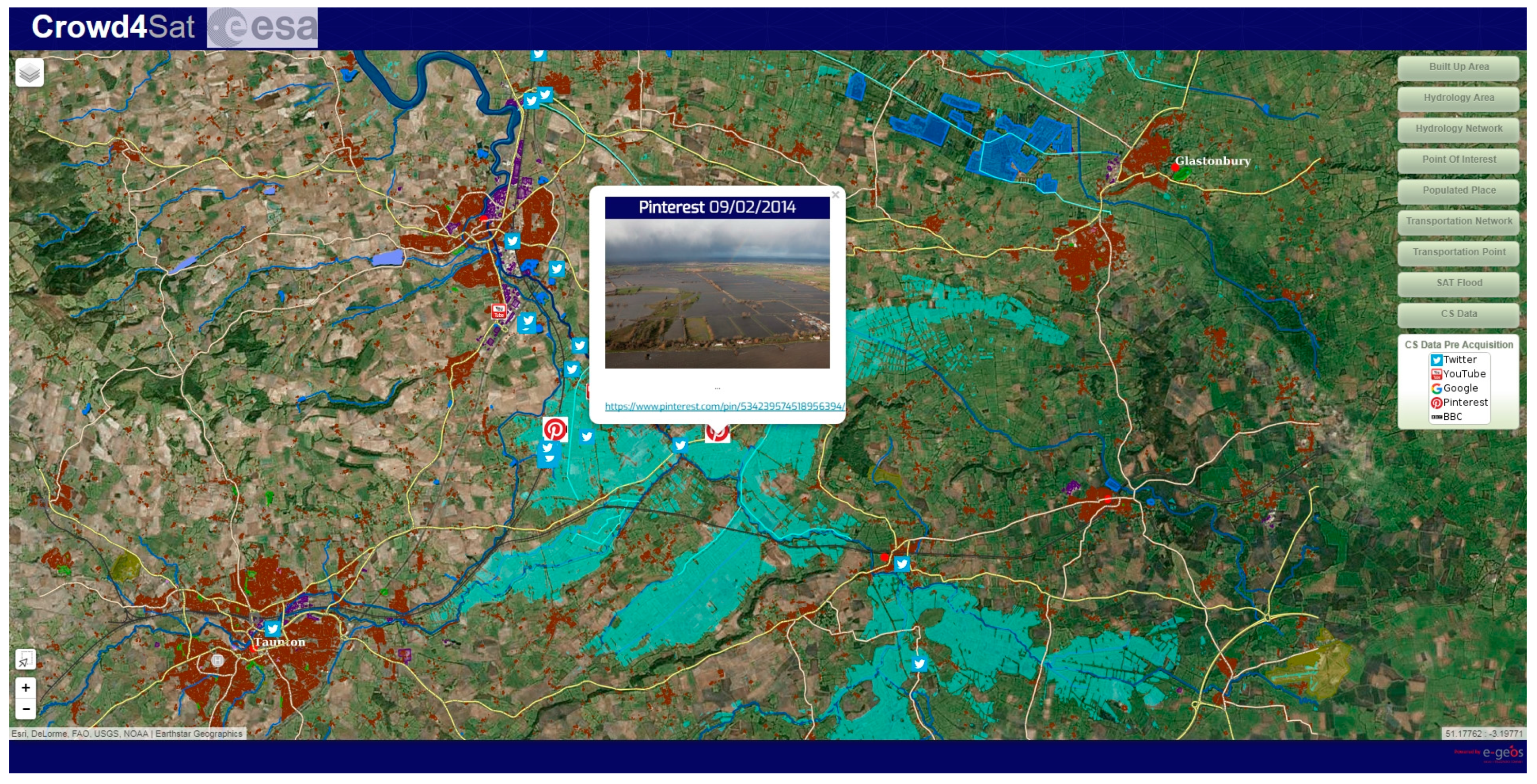

There were no public toilets in the streets or squares. August Bebel recalled conditions before a modern sewer system was built in the late 1870s: “Waste-water from the houses collected in the gutters running alongside the curbs and emitted a truly fearsome smell.

In 1870, the sanitary conditions in Berlin were among the worst in Europe. Reformers began to demand sewer systems, and clean water. Pollution issues escalated as population growth far exceeded view ability of neighborhoods to handle their waste problem. London also recorded one of the earlier extreme cases of water quality problems with the Great Stink on the Thames of 1858, which led to construction of the London sewerage system soon afterward. It was the industrial revolution that gave birth to environmental pollution as we know it today. But the fuel was so common in England that this earliest of names for it was acquired because it could be carted away from some shores by the wheelbarrow. King Edward I of England banned the burning of sea-coal by proclamation in London in 1272, after its smoke became a problem. The Industrial Revolution brought an infusion of untreated chemicals and wastes into local streams that served as the water supply. Urban pollution Air pollution in the US, 1973 The burning of coal and wood, and the presence of many horses in concentrated areas made the cities the cesspools of pollution. Core samples of glaciers in Greenland indicate increases in pollution associated with Greek, Roman and Chinese metal production, but at that time the pollution was comparatively small and could be handled by nature. According to a 1983 article in the journal Science, “soot found on ceilings of prehistoric caves provides ample evidence of the high levels of pollution that was associated with inadequate ventilation of open fires.” Metal forging appears to be a key turning point in the creation of significant air pollution levels outside the home.

Pollution started from prehistoric times when man created the first fires. Contents 1Ěncient cultures 2 Urban pollution 3ğorms of pollution 4 Pollutants 5Ĝost of pollution 6 Sources and causes 7Ğffects 7.1 Human health 7.2Ğnvironment 7.3Ğnvironmental health information 7.4 Worker productivity 8 Regulation and monitoring 9 Pollution control 9.1 Practices 9.2 Pollution control devices 10 Perspectives 11 Greenhouse gases and global warming 12 Most polluted places in the developing world 13 See also 14 References 15Ğxternal links Ancient cultures Air pollution has always accompanied civilizations. Pollution is often classed as point source or nonpoint source pollution. Pollutants, the components of pollution, can be either foreign substances/energies or naturally occurring contaminants. Pollution can take the form of chemical substances or energy, such as noise, heat or light. Pollution is the introduction of contaminants into the natural environment that cause adverse change.


 0 kommentar(er)
0 kommentar(er)
